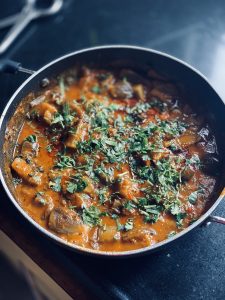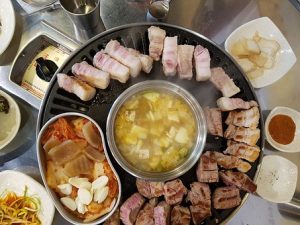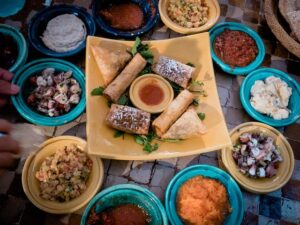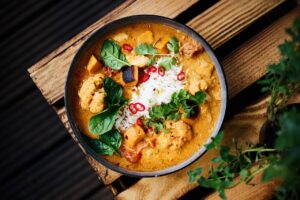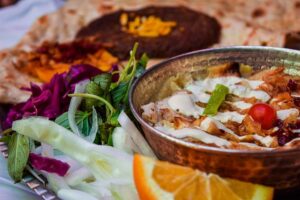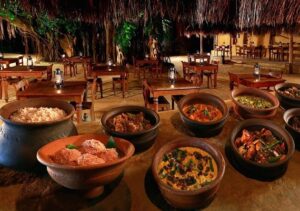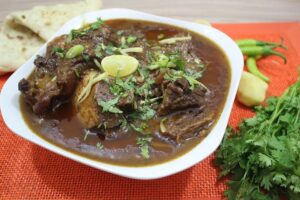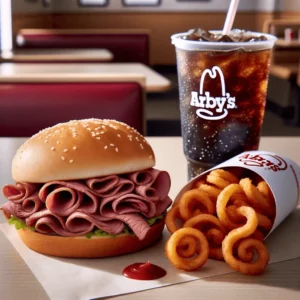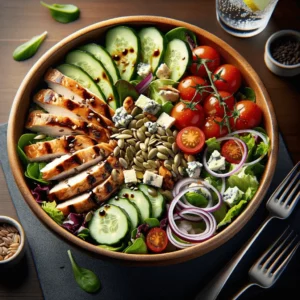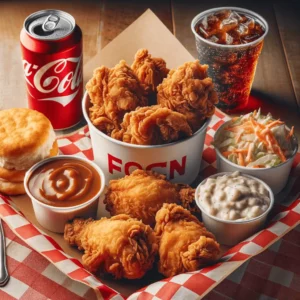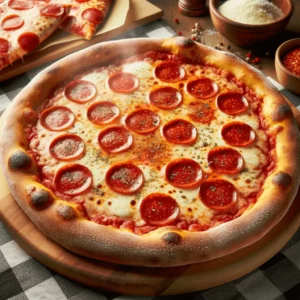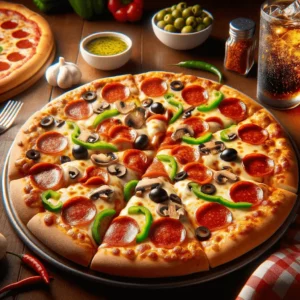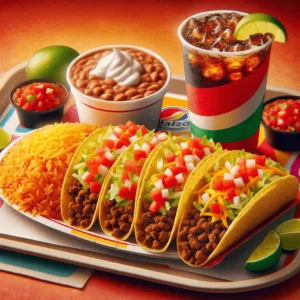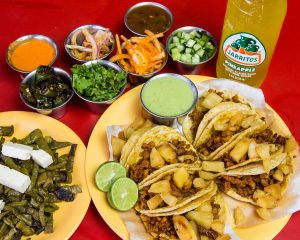The Odyssey of Flavors: Indian Restaurants
The vastness of India, with its myriad cultures, religions, and histories, converges in the diverse palate of its cuisine. Indian restaurants, scattered across the globe, stand as proud ambassadors of this expansive culinary tradition. From fragrant biryanis to tangy chaats, these eateries transport patrons to the colorful streets and age-old traditions of India with every bite.
Indian Cuisine: A Tapestry of Traditions
Butter Chicken
A beloved dish for many, butter chicken combines tender chicken morsels in a rich, tomato-based gravy, infused with cream and a symphony of spices. It’s a delightful introduction to North Indian flavors at any Indian restaurant.
Masoor Dal
A comforting lentil stew seasoned with a variety of spices, masoor dal is both nourishing and flavor-packed. This simple dish speaks volumes of the everyday culinary pleasures of Indian households.
Delve into the Regional
Dosa
This crispy South Indian pancake made from fermented rice and lentil batter is often stuffed with spiced potatoes. Served with sambar (lentil soup) and coconut chutney, it’s a taste of India’s southern coastline.
Dhokla
Hailing from the western state of Gujarat, this steamed, spongy cake made from fermented rice and chickpea flour is a tantalizing blend of sweet, tangy, and spicy flavors.
Breads and Rice: The Quintessential Companions
Paratha
This flaky, layered flatbread can be plain or stuffed with a variety of fillings like spiced potatoes, paneer (cottage cheese), or minced meat. It’s a North Indian favorite, perfect for scooping up gravies.
Pulao
A fragrant rice dish cooked with spices and often combined with vegetables or meat, pulao is a versatile accompaniment that complements the robust flavors of Indian curries.
Conclusion
Indian restaurants are more than dining establishments; they’re cultural experiences, offering a window into the multifaceted world of Indian gastronomy. With its vastness and diversity, Indian cuisine promises something for every palate, be it the spicy, the mild, the savory, or the sweet. Embarking on a meal at these restaurants is akin to taking a culinary journey through the length and breadth of India.
FAQs
1. What is the difference between North and South Indian cuisine?
While both are integral to Indian cuisine, North Indian dishes often feature wheat-based breads, rich gravies, and dairy. South Indian cuisine is characterized by rice-centric dishes, coconut, and tangier flavors.
2. Do Indian restaurants offer vegetarian options?
Absolutely! India has a rich vegetarian tradition, and many restaurants offer an extensive range of vegetarian dishes.
3. Is Indian food always spicy?
Indian food is flavorful with a blend of spices, but not all dishes are ‘hot’. Restaurants often adjust spice levels to meet diners’ preferences.
4. What are popular Indian desserts to try?
Gulab jamun (sweet syrupy dough balls), kheer (rice pudding), and jalebi (spiral-shaped, deep-fried sweets) are among the beloved choices.
5. What beverages pair well with Indian meals?
Mango lassi (a yogurt-based drink), masala chai (spiced tea), and nimbu pani (lemonade with a twist) complement the rich tapestry of Indian flavors.

